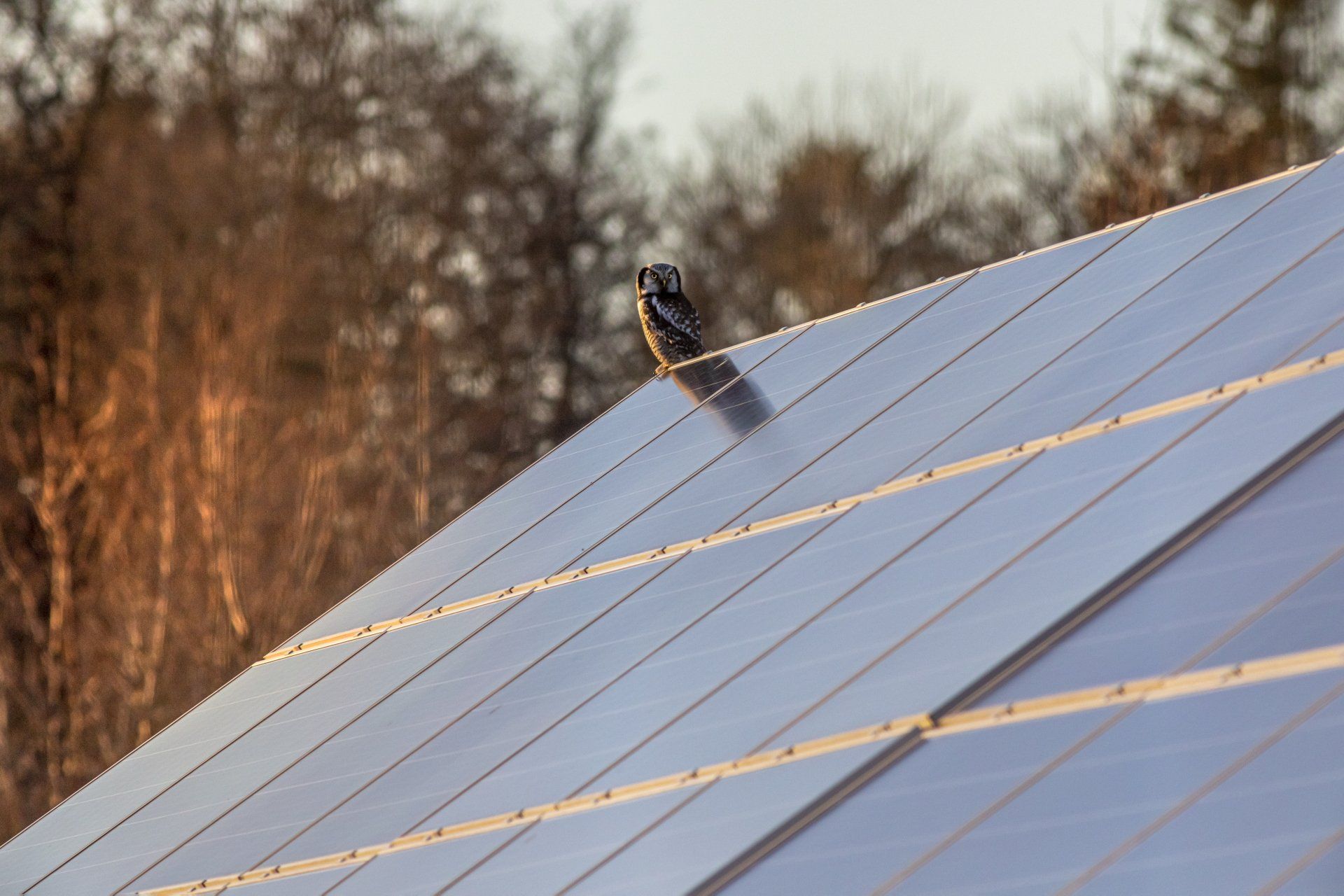5 Best Type of Roof Material for Coastal Homes (with Pros & Cons)

Contact Us
We will get back to you as soon as possible.
Please try again later.
Looking for the best and long-lasting roofing materials for your beach or coastal home?
Aside from western red cedar that became well-known on the New England coastline, we’ll be discussing the best type of roofing material for coastal homes in 2023. Read on.
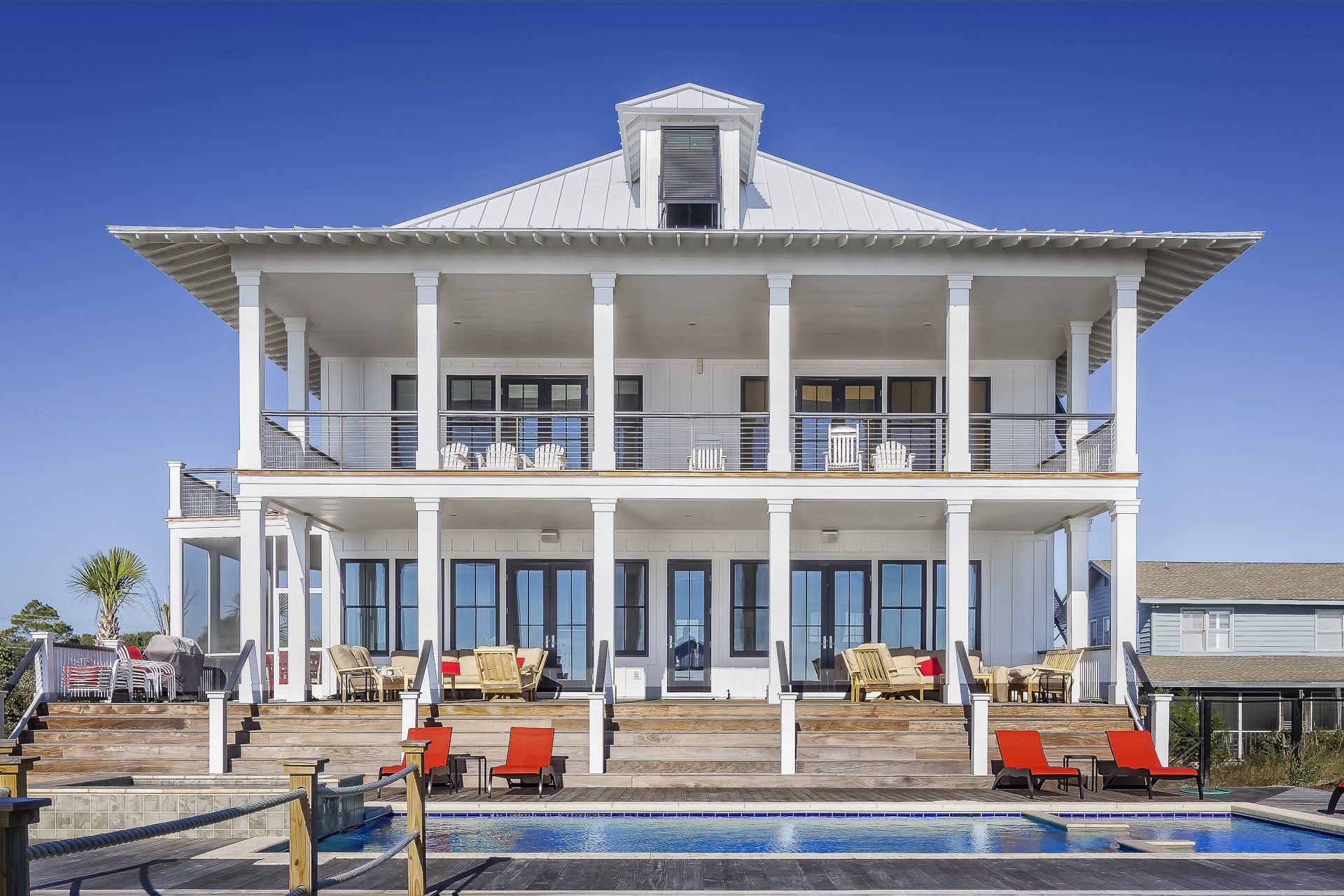
What Is The Best Type of Roof For Your Beach or Coastal Home?
The best type of roof for coastal homes are those that are durable, resistant to coastal elements, have aesthetics, and have low maintenance requirements. While individual preferences may vary, we deem metal roofing, clay tiles, synthetic thatch, slate tiles, and galvanized steel roof to be the best ones.
Top 5 Most Popular Roofing Materials for Beach Homes
1. Clay Tiles
Clay tiles are a traditional and aesthetically-pleasing roofing option that can complement the coastal charm of your beach home. These tiles are made from natural clay and are known for their durability and timeless appeal.
Pros
Visual Appeal
This roofing material offers a classic and elegant look, adding a touch of sophistication to your beach or coastal home. They come in a variety of shapes, sizes, and colors, allowing you to choose a style that suits your personal taste and complements the surrounding environment.
Durability
Clay tile is highly durable and can withstand harsh coastal elements, including saltwater, strong winds, and UV radiation. Clay tile has excellent resistance to rot, decay, and insect damage, making them a reliable choice for coastal areas.
Longevity
When properly installed and maintained, this roofing material can last for several decades. They are known for their longevity, often outlasting other roofing materials. This can save you money on frequent roof replacements in the long run.
Fire Resistance
Clay tiles are fire-resistant, providing an added layer of safety for your home. In coastal areas where wildfires may occur, having a fire-resistant roof can be crucial for protecting your property.
Energy Efficiency
This roofing material has natural insulation properties, helping to keep your home cooler in hot weather. This can reduce the need for excessive air conditioning and contribute to energy savings.
Cons
Weight
Clay tiles are relatively heavy compared to other roofing materials, which may require additional structural support during installation. It is essential to ensure that your home's structure can handle the weight of clay tiles before choosing them as your roofing option.
Cost
Clay tiles tend to be more expensive than some other roofing materials. The cost includes both the material itself and the expertise required for proper installation. However, considering their durability and longevity, they can be a worthwhile investment in terms of long-term value and aesthetics.
Takeaway
When considering clay tiles for your beach or coastal home, it is advisable to consult with a professional metal roofing contractor who specializes in working with these materials. They can assess your home's specific requirements and guide you through the installation process to ensure a successful and beautiful result.
2. Metal Roofs (Steel Roofing, Aluminum Roofing, Copper Roofs)
Metal roofing material is a popular choice and one of the best roofing materials for coastal homes due to its durability and ability to withstand harsh coastal elements such as heavy storms, salty air, and high winds. Common metal roofing options include aluminum roofing, alloyed steel, or copper roofs, which are known for their strength and resistance to corrosion, salty sea air, coastal storms, and high winds.
Pros
Longevity
A metal roofing material has an impressive lifespan, often lasting 50 years or more. This longevity makes them a reliable option for coastal home roofing where exposure to salt water and high winds can accelerate wear and tear.
Durability
Metal roofs are highly durable roofing options that have water-resistant, impact-resistant, wind resistant and can withstand moisture, and extreme weather conditions, including hurricanes, heavy rain, and strong winds. They are also fire-resistant, offering an added layer of protection.
Less Maintenance
Metal roofing requires minimal maintenance, making them convenient for homeowners. They are resistant to mold, mildew, and pests, reducing the need for frequent inspections and repairs.
Energy Efficiency
A metal roof can reflect sunlight, reducing heating and cooling costs and helping to keep the interior of your beach or coastal home cooler. This energy-efficient feature can contribute to lower cooling costs during hot summer months too.
Eco-Friendly
Many metal roofs are made from recycled materials, making them an environmentally conscious choice. Additionally, when it's time to replace the roof, the metal can be recycled again, reducing waste.
Cons
Cost
Metal roofing can be more expensive upfront compared to other roofing materials. However, considering its long lifespan and low maintenance requirements, it can be a cost-effective investment in the long run.
Noise
Rainfall and hail can be louder on a metal roof compared to other roofing materials. However, the noise can be mitigated by adding additional insulation or using sound-dampening techniques during installation.
Takeaway
Remember, it's essential to consult with a professional roofing contractor who specializes in coastal homes to assess your specific needs and provide recommendations tailored to your location and climate.
3. Synthetic Thatch Roofing Material
Synthetic thatch roofing is a modern and eco-friendly alternative to traditional roofing materials. It is designed to replicate the appearance of natural thatch while offering enhanced durability and resistance to the coastal elements. Synthetic thatch is typically made from high-quality synthetic materials such as polyethylene or PVC.
Pros
Coastal Aesthetic
Synthetic thatch captures the tropical and coastal aesthetic, adding a charming and relaxed vibe to your beach home. It mimics the appearance of natural thatch, creating an authentic and inviting atmosphere.
Weather Resistance
Synthetic thatch is specifically engineered to withstand the challenging coastal environment. It is highly resistant to saltwater, strong winds, and UV radiation, making it a durable option for beachfront properties.
Less Maintenance
Unlike natural thatch, synthetic thatch requires minimal maintenance. It does not rot, attract pests, or require regular re-thatching. This saves you time, effort, and ongoing maintenance costs.
Fire Retardant
Synthetic thatch is typically treated with fire-retardant substances, making it resistant to fire. This is particularly important in coastal areas prone to wildfires.
Longevity
Synthetic thatch roofs have a longer lifespan compared to natural thatch. They can last for several decades without significant degradation, reducing the need for frequent replacements.
Cons
Cost
Synthetic thatch can be more expensive upfront compared to natural thatch. However, the long lifespan and low maintenance requirements can offset the initial investment over time.
Authenticity
While synthetic thatch does an excellent job of replicating the appearance of natural thatch, some homeowners may prefer the authenticity and charm of real thatch. It's a matter of personal preference and the desired aesthetic for your beach or coastal home.
Takeaways
When considering synthetic thatch for your home’s roof, consult with a professional roofing contractor experienced in installing synthetic thatch roofs. They can provide guidance on the best materials, installation techniques, and maintenance practices to ensure a durable and visually appealing roof for your beach or coastal home.
4. Slate Tiles
Slate tiles are a popular and elegant roofing option for beach or coastal homes. Made from natural stone, slate offers a unique and sophisticated appearance that complements the coastal aesthetic while providing excellent durability.
Pros
Beauty and Versatility
This roofing material is prized for its natural beauty and wide range of colors, textures, and sizes. They can enhance the overall aesthetics of your beach or coastal home, adding a touch of elegance and luxury.
Durability
Slate is known for its exceptional durability and longevity. It can withstand extreme weather conditions, including strong winds, heavy rain, and saltwater exposure. Slate tiles are resistant to fading, cracking, and chipping, making them an excellent choice for coastal areas.
Fire Resistance
This roofing material is a non-combustible one, offering excellent fire resistance. This feature provides an added layer of safety and peace of mind for homeowners, particularly in areas prone to wildfires.
Low Maintenance
Slate roofs require minimal maintenance, making them a practical option for coastal homeowners. They are resistant to moss, algae, and rot, reducing the need for frequent cleaning or repairs.
Sustainability
Slate is a natural material that is abundant and readily available. It is a sustainable roofing option that does not deplete natural resources excessively. Additionally, the longevity of slate roofs reduces waste and the need for frequent replacements.
Cons
Cost
Slate roofing can be one of the more expensive options due to the high-quality material and specialized installation techniques required. The initial cost of slate tiles may be higher compared to other roofing materials. However, they can provide long-term value and cost savings considering their longevity and durability.
Weight
This roofing material is quite heavy, and proper structural support is necessary to accommodate its weight. It is essential to ensure that your home's structure is capable of supporting this roofing material before choosing them as your roofing option.
Installation Complexity
Installing this roofing material requires expertise and specialized skills. It is recommended to work with experienced roofing professionals who are knowledgeable in slate installation to ensure it is installed properly and maximize the lifespan of the roof.
Takeaways
When considering this roofing material for your coastal properties or any properties in coastal regions, consult with a reputable roofing contractor who specializes in slate roofing. They can assess your specific needs, provide guidance on the best slate tile options, and ensure professional installation for a durable and visually stunning roof that will withstand the coastal elements.
5. Standing Seam Galvanized Steel Roof
This roofing material is a durable and corrosion-resistant option that can be an excellent choice for beach or coastal homes. It is made from steel coated with a layer of zinc, which provides protection against rust and saltwater exposure.
Pros
Corrosion Resistance
Standing seam galvanized steel roofs are corrosion resistant, making them ideal for coastal areas where saltwater and high humidity can accelerate the deterioration of other roofing materials. The zinc coating acts as a barrier, preventing the steel from rusting and extending the roof's lifespan.
Durability
Steel is a strong and durable material that can withstand harsh coastal elements, including strong winds, heavy rain, and saltwater spray. Standing seam galvanized steel roofs are also resistant to impact and can withstand hail or debris, offering long-lasting protection for your home.
Low Maintenance
Standing seam galvanized steel roofs require minimal maintenance. They do not require frequent inspections or treatments, unlike conventional roofing materials. Periodic cleaning and inspections for damaged or loose fasteners are generally sufficient to keep the roof in good condition.
Fire Resistance
Steel is a non-combustible material, offering excellent fire resistance. In areas prone to wildfires or lightning strikes, a galvanized steel roof can provide added peace of mind and protection for your beach or coastal home.
Energy Efficiency
Galvanized steel roofs can reflect sunlight, helping to reduce heat absorption and potentially lower cooling costs during hot summer months. Some galvanized steel roofing options also have additional insulation properties, improving energy efficiency further.
Cons
Cost
This roofing material can have a higher upfront cost compared to other roofing materials like wood and asphalt shingles. However, it is important to consider the long-term value and durability of the roof, as galvanized steel roofs can provide significant cost savings over their lifespan.
Noise
Rainfall or hail on a galvanized steel roof can be noisier compared to roofs made of other materials. However, the noise level can be mitigated by proper insulation or sound-dampening techniques during installation.
Takeaways
When considering a galvanized steel roof for your beach or coastal home, consult with a professional roofing contractor who specializes in metal roofing. They can assess your specific requirements, recommend the appropriate gauge and type of galvanized steel, and ensure proper installation for a durable and long-lasting roof that can withstand the coastal environment.

Contact Us
We will get back to you as soon as possible.
Please try again later.
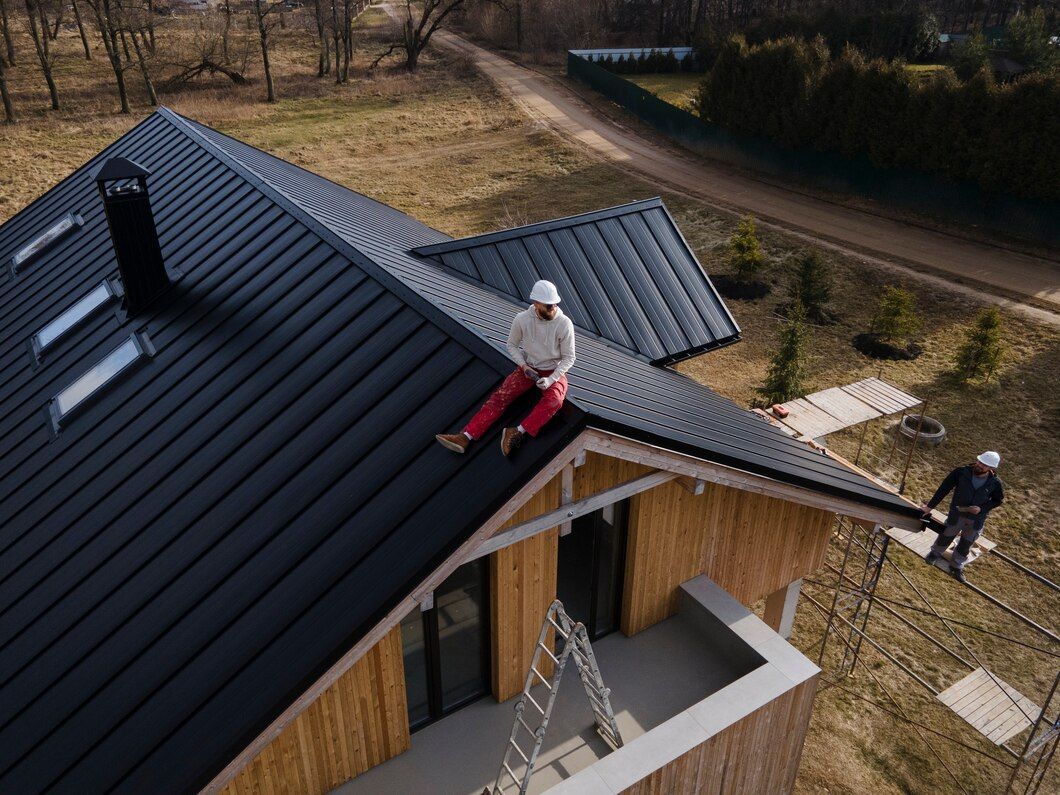
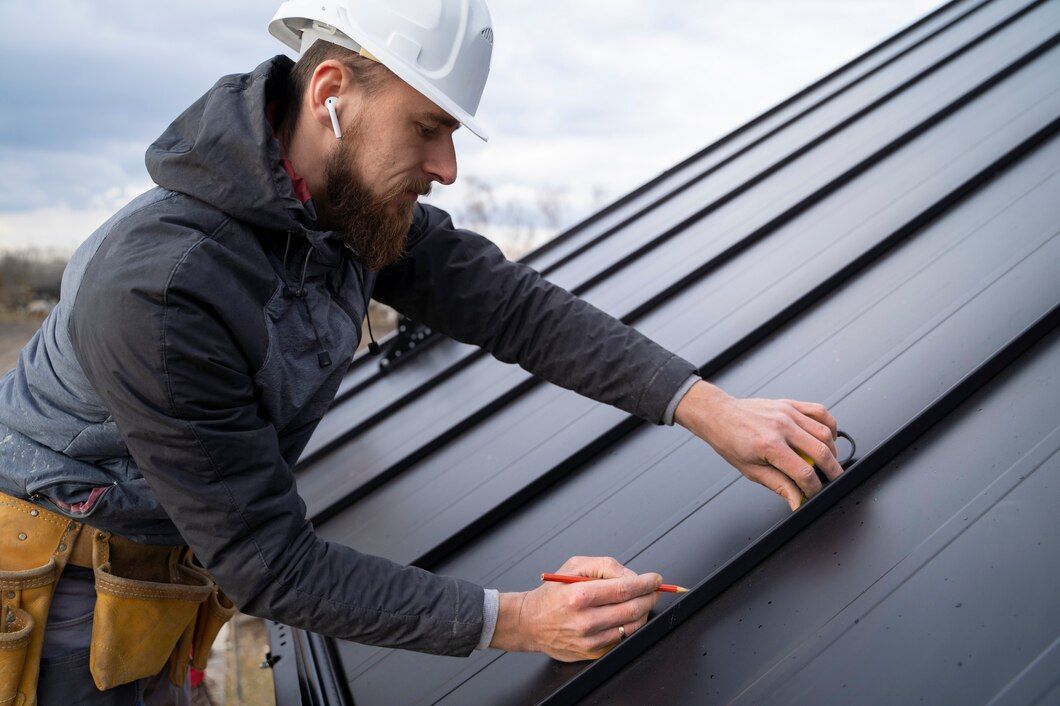
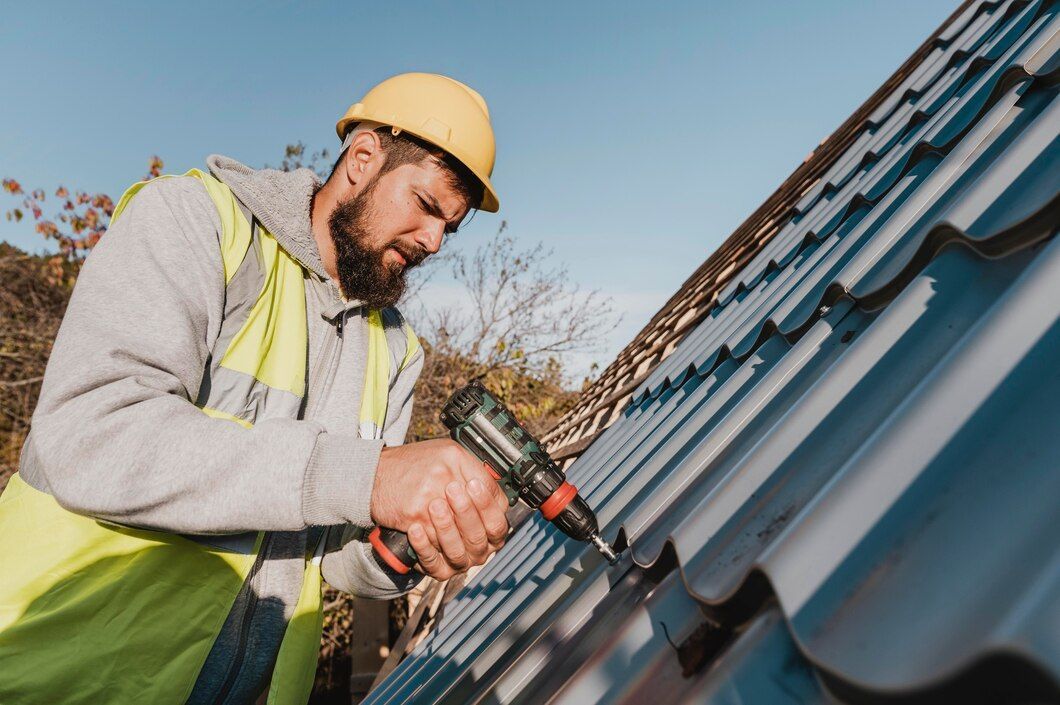
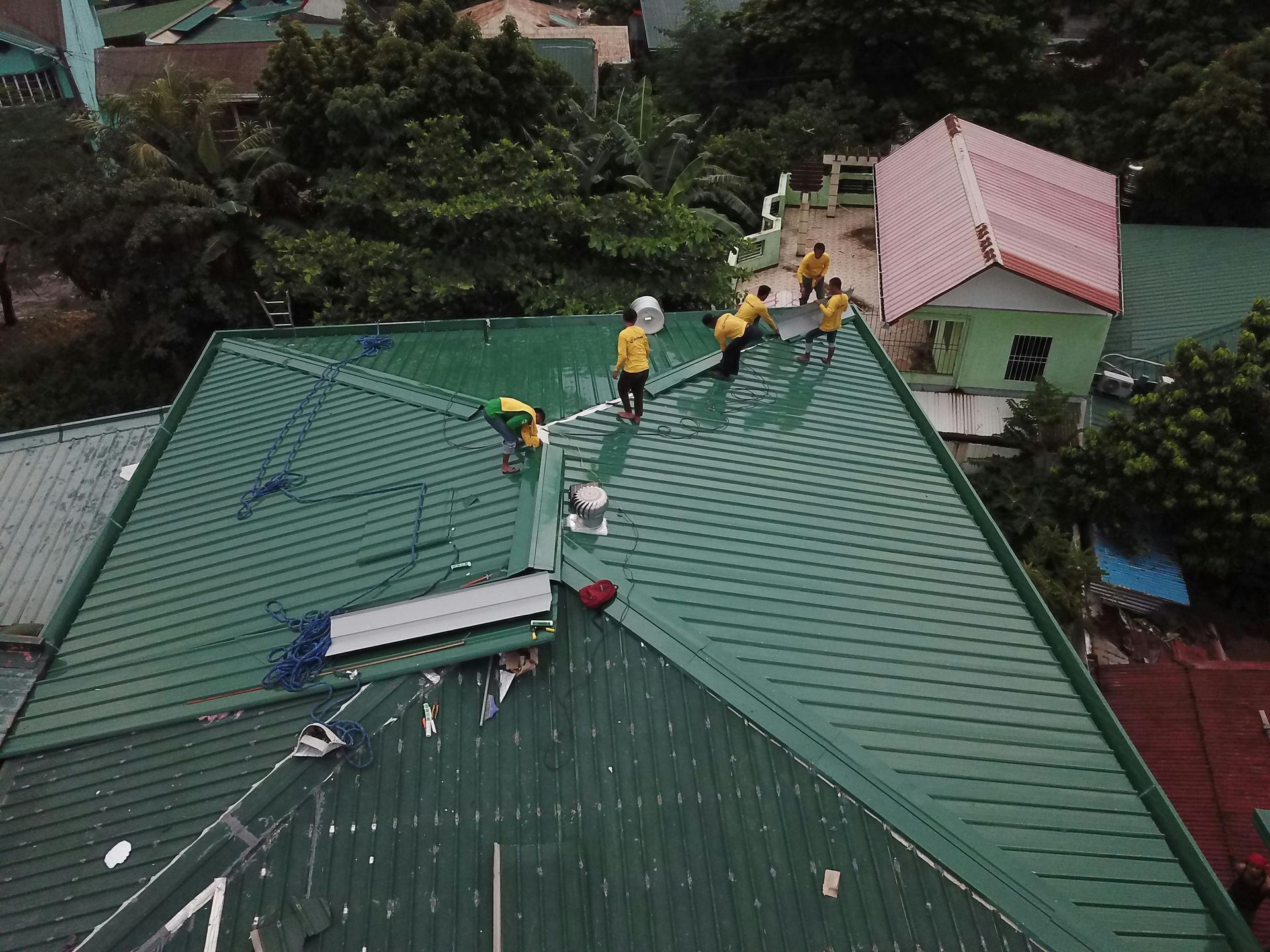
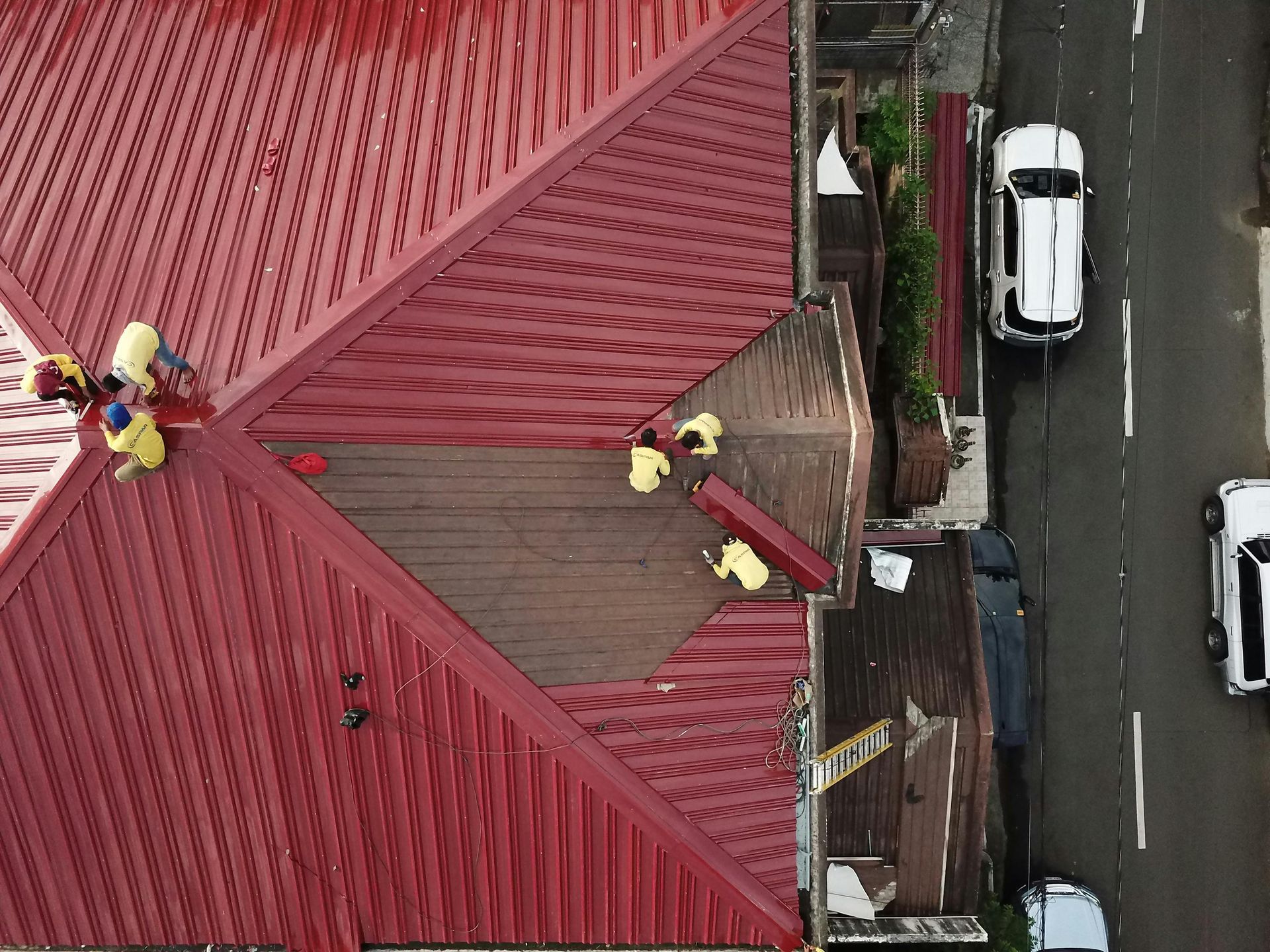
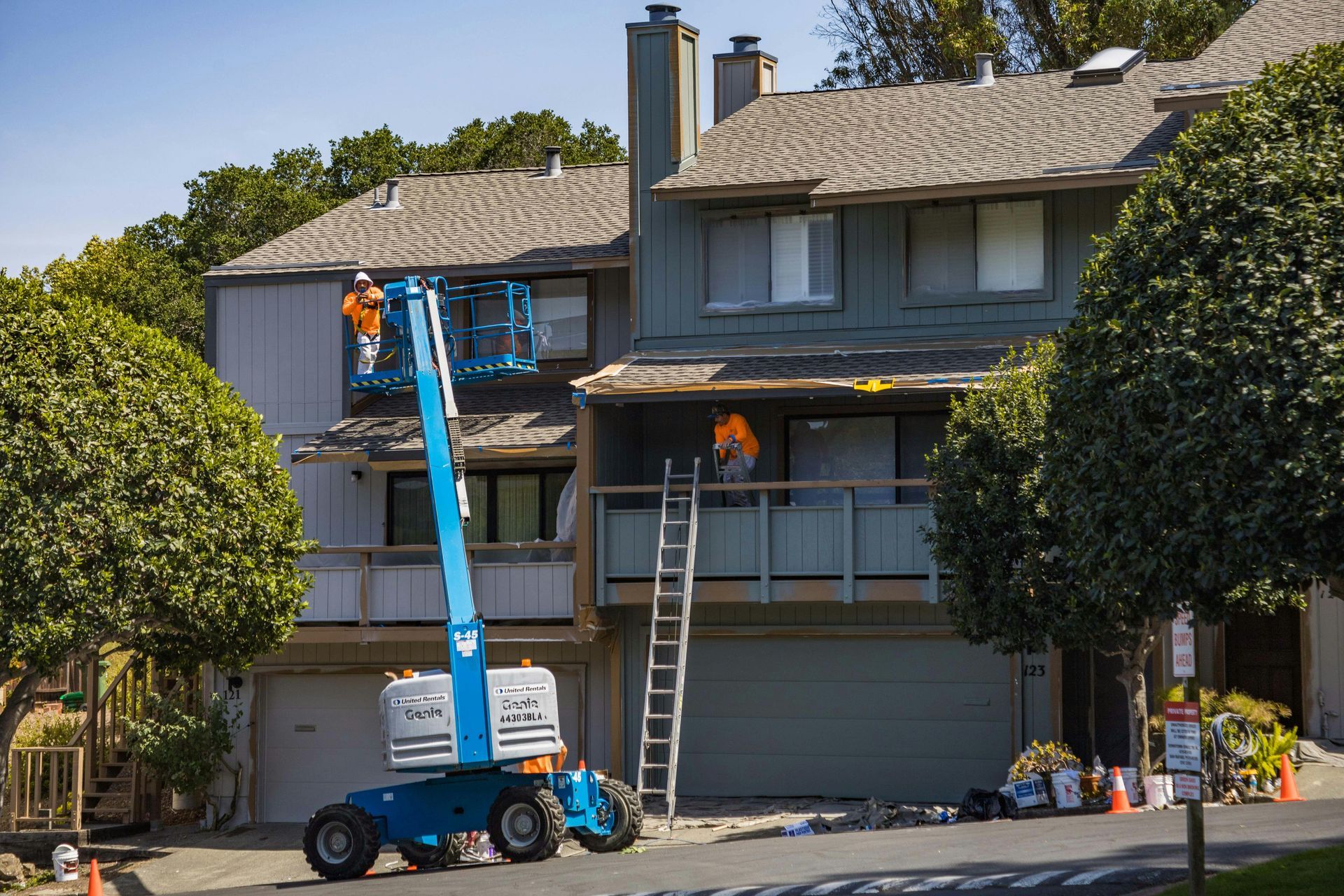
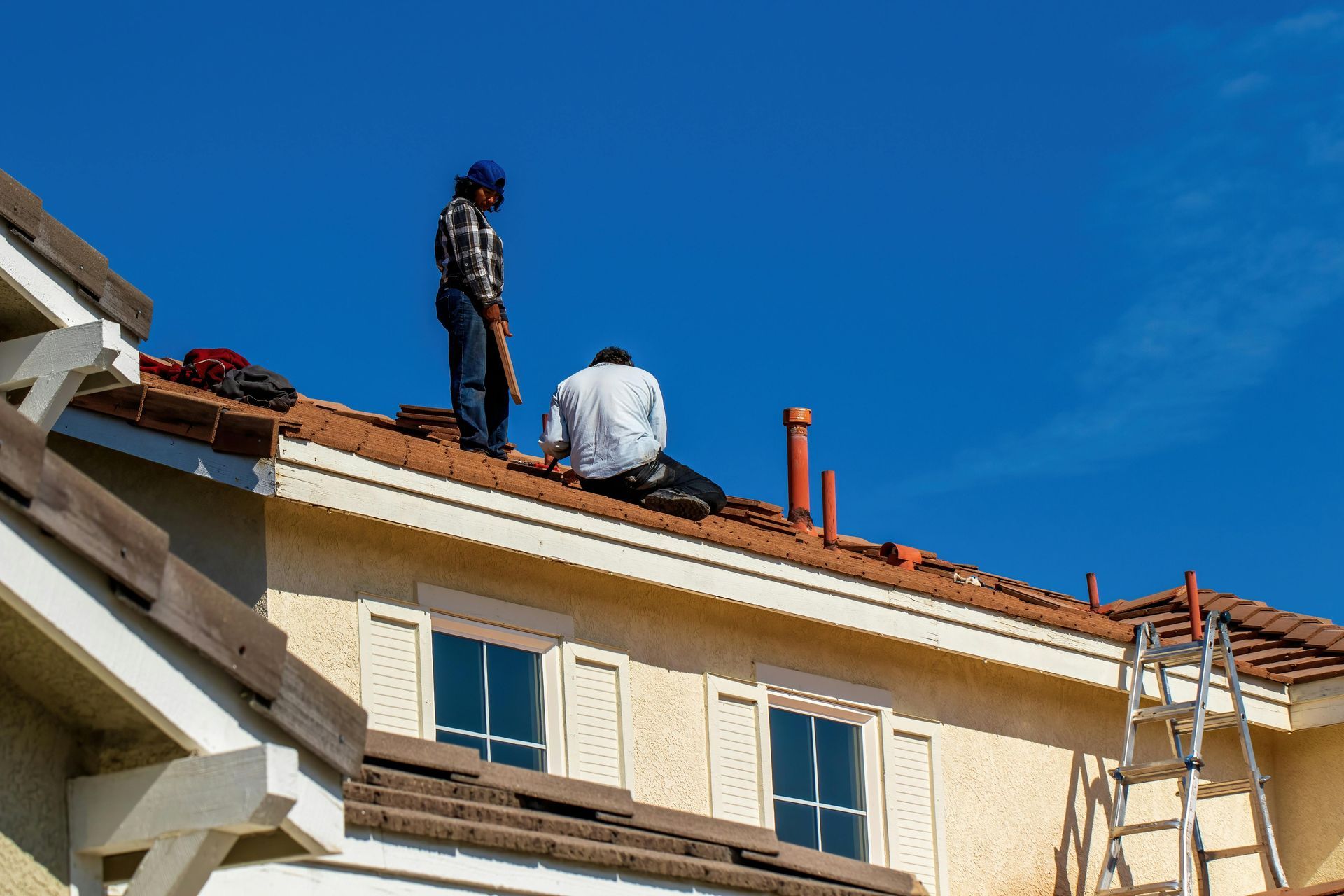
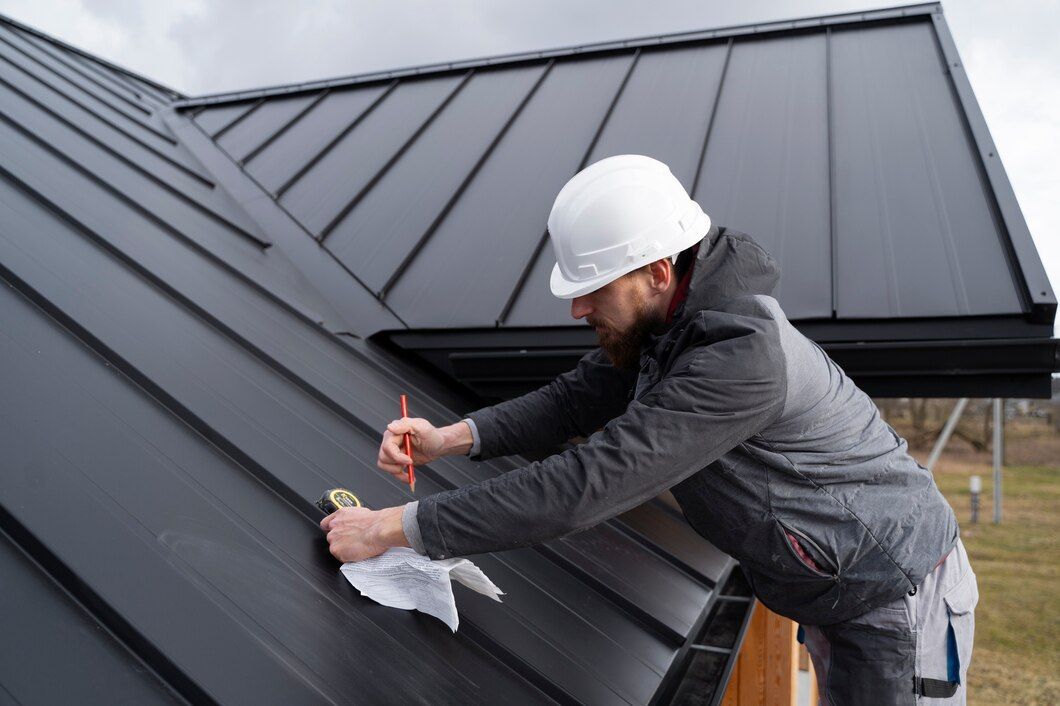
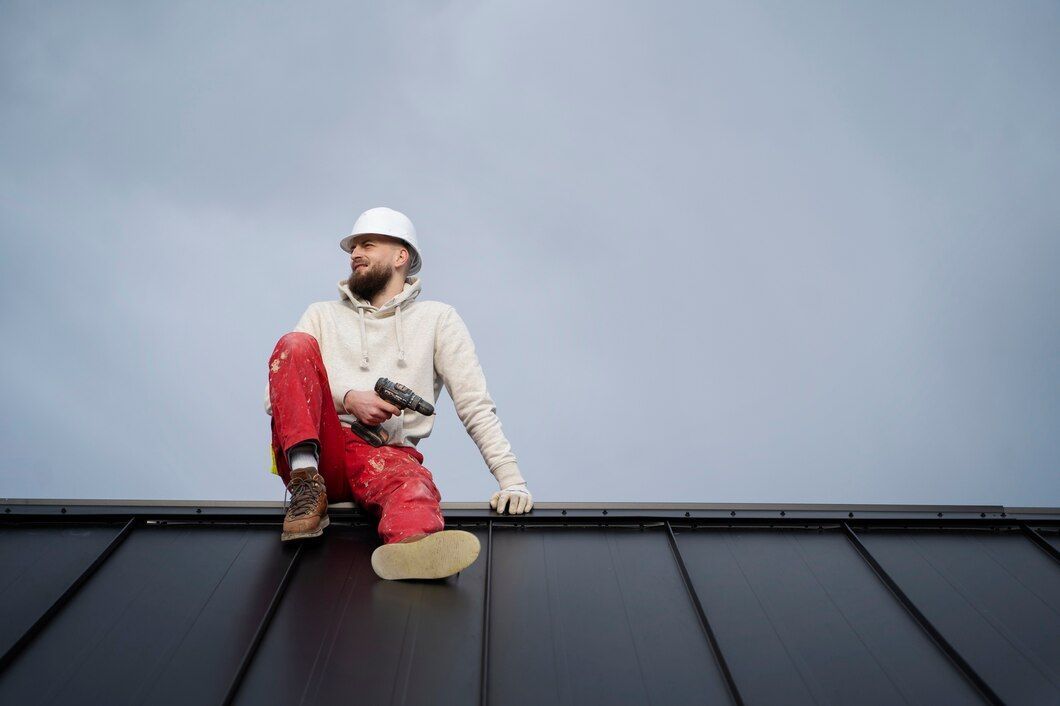
© 2023 Roof Repair Jobs • All Rights Reserved





